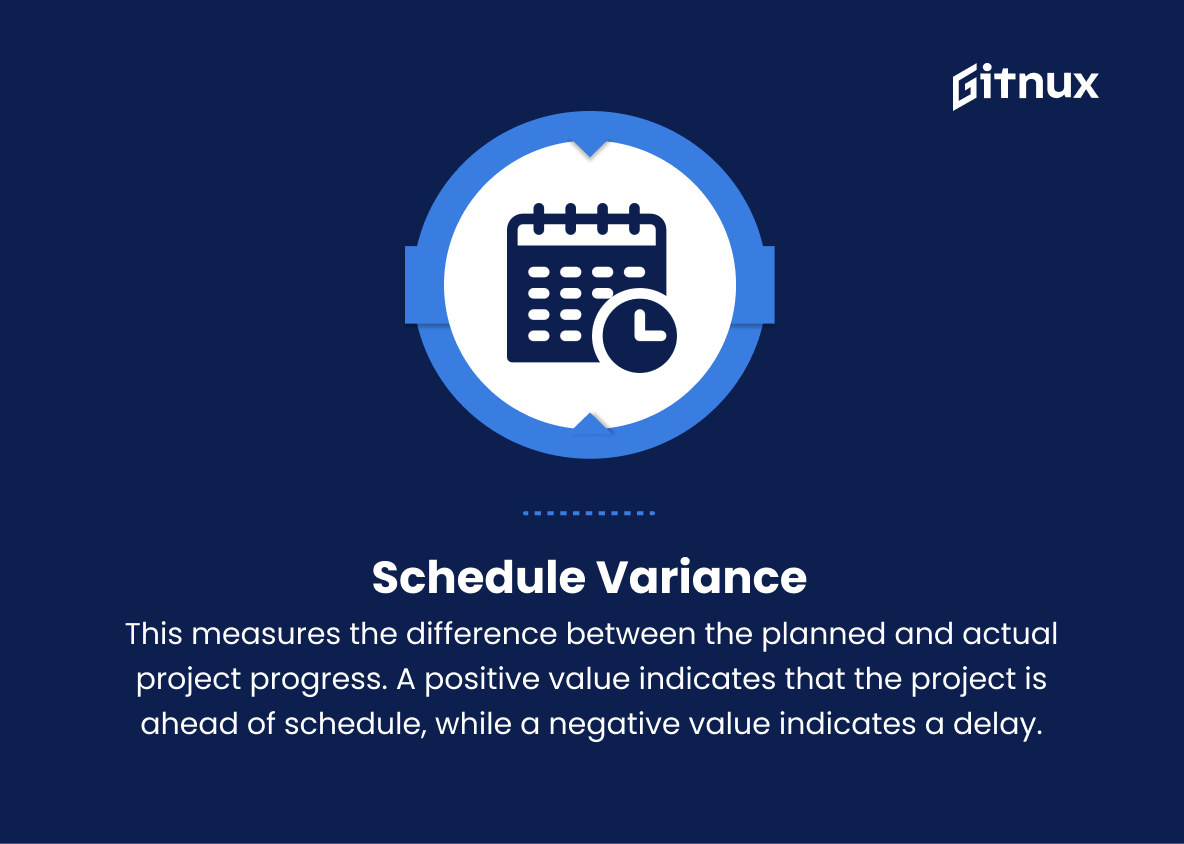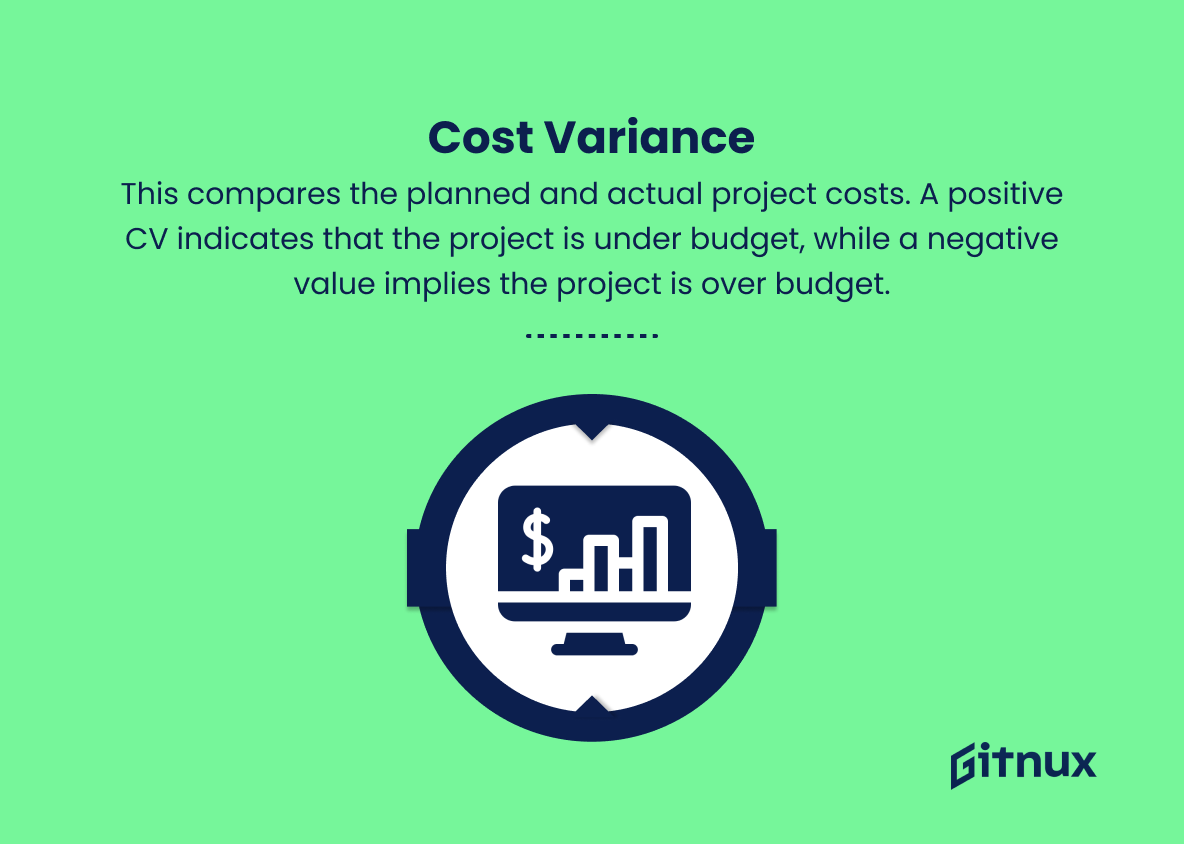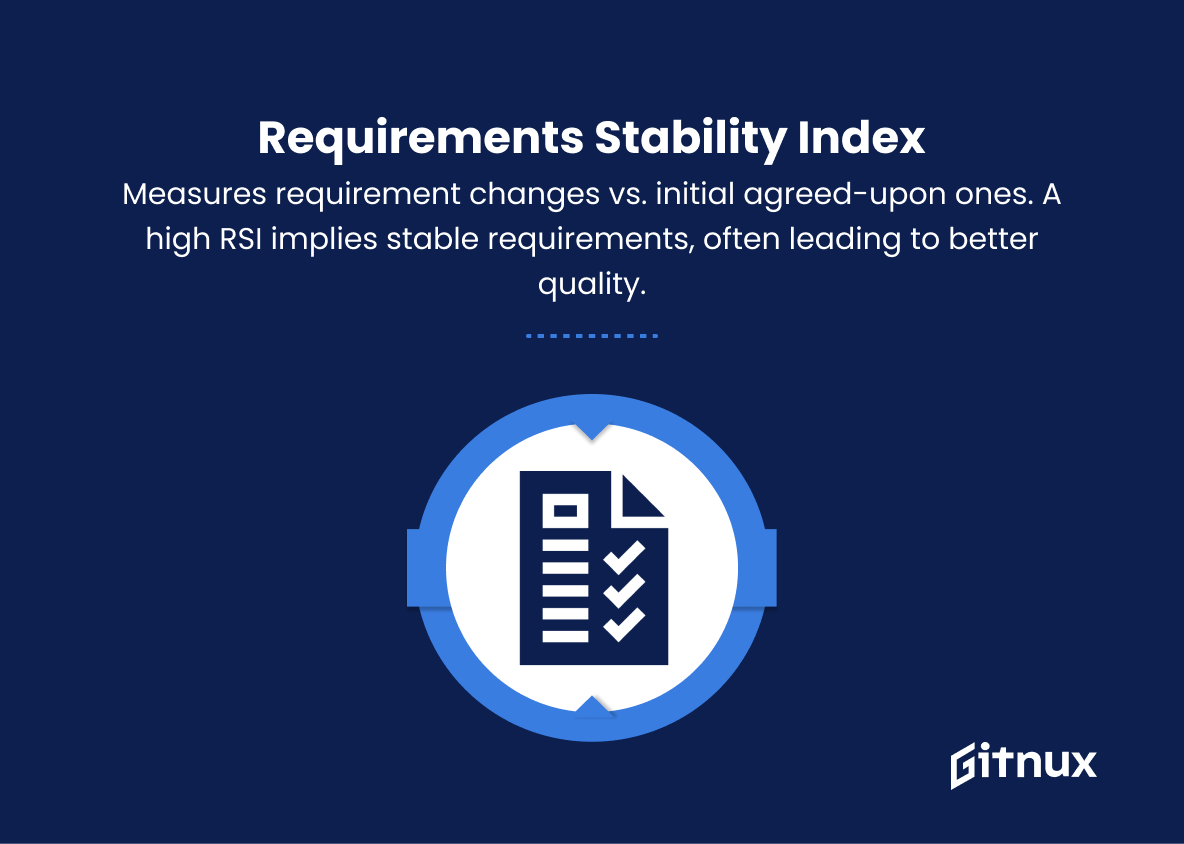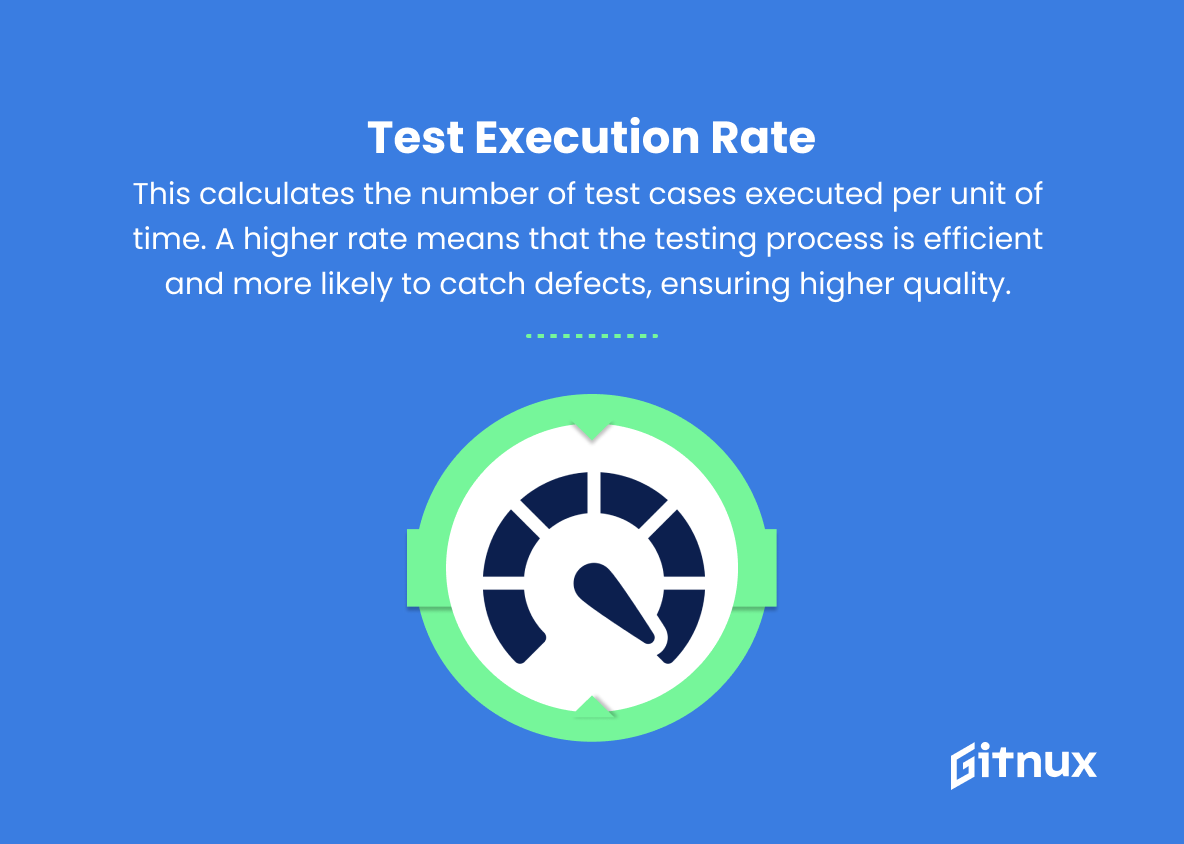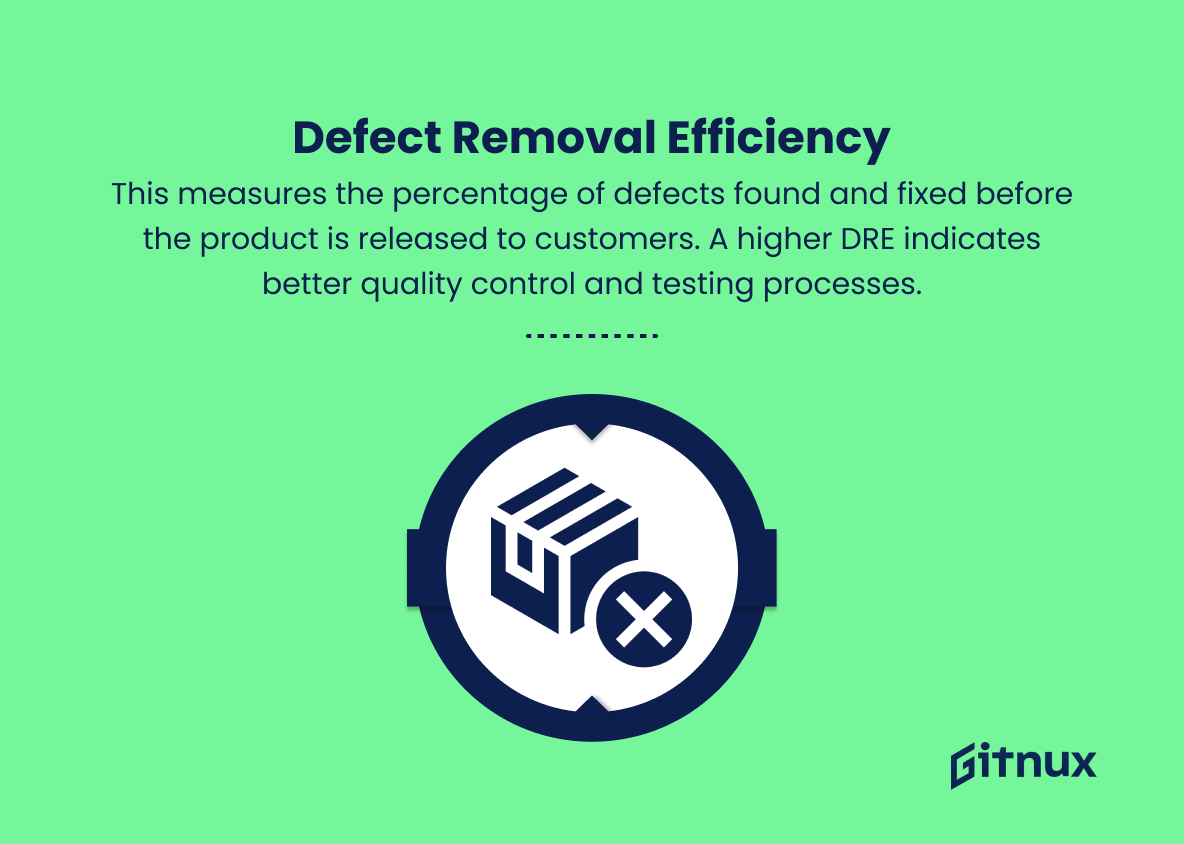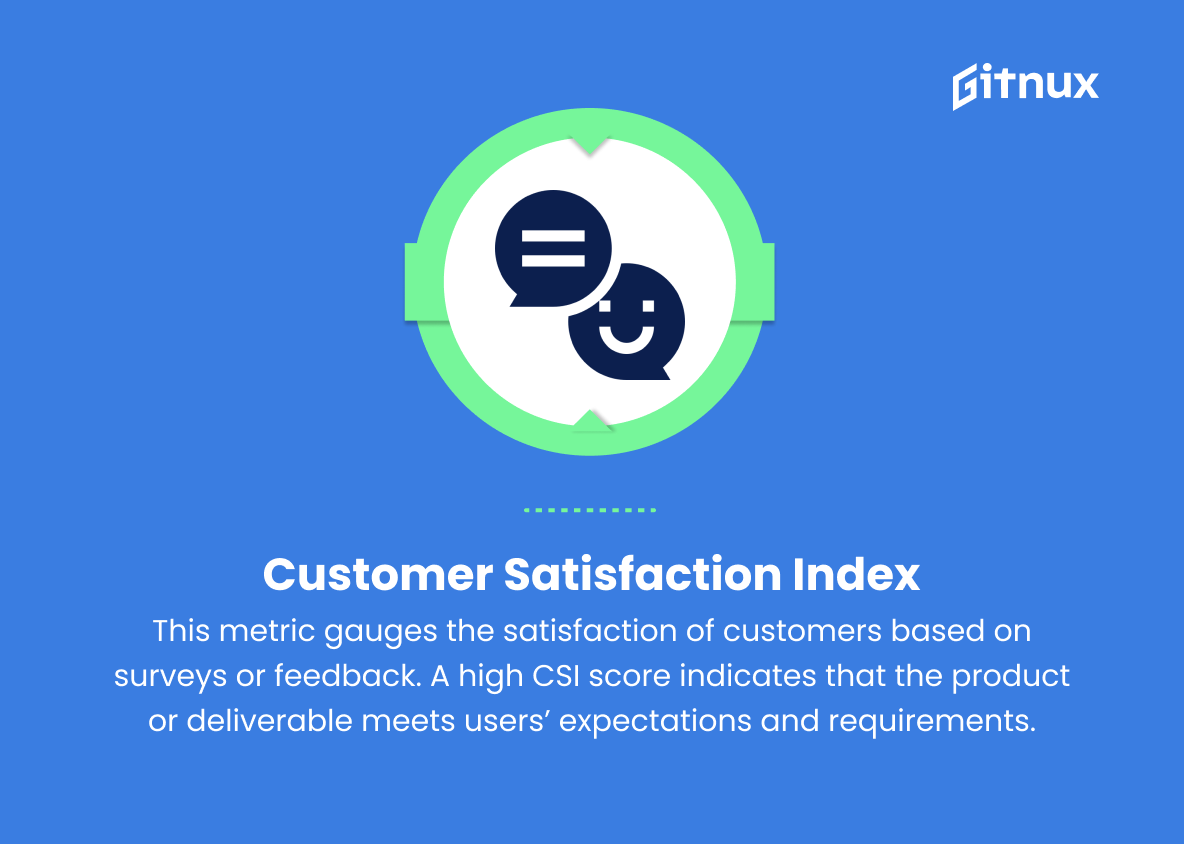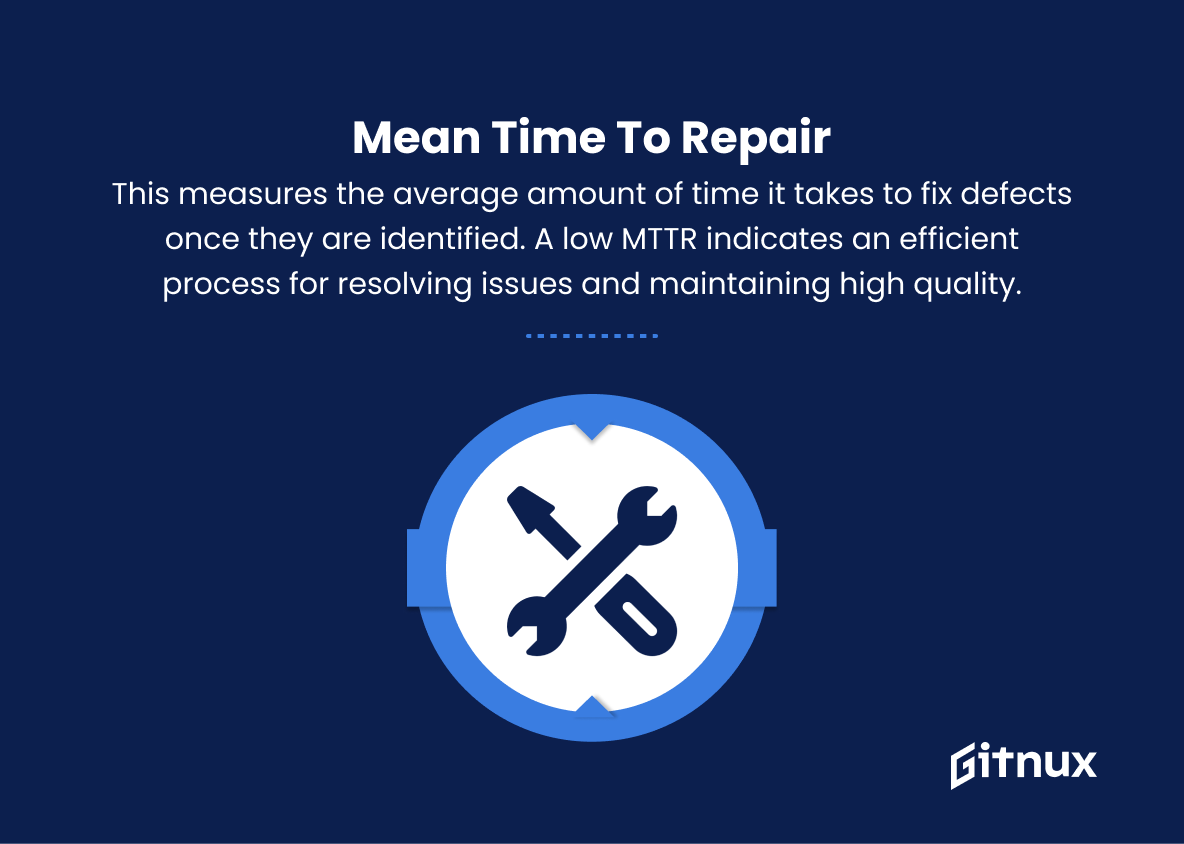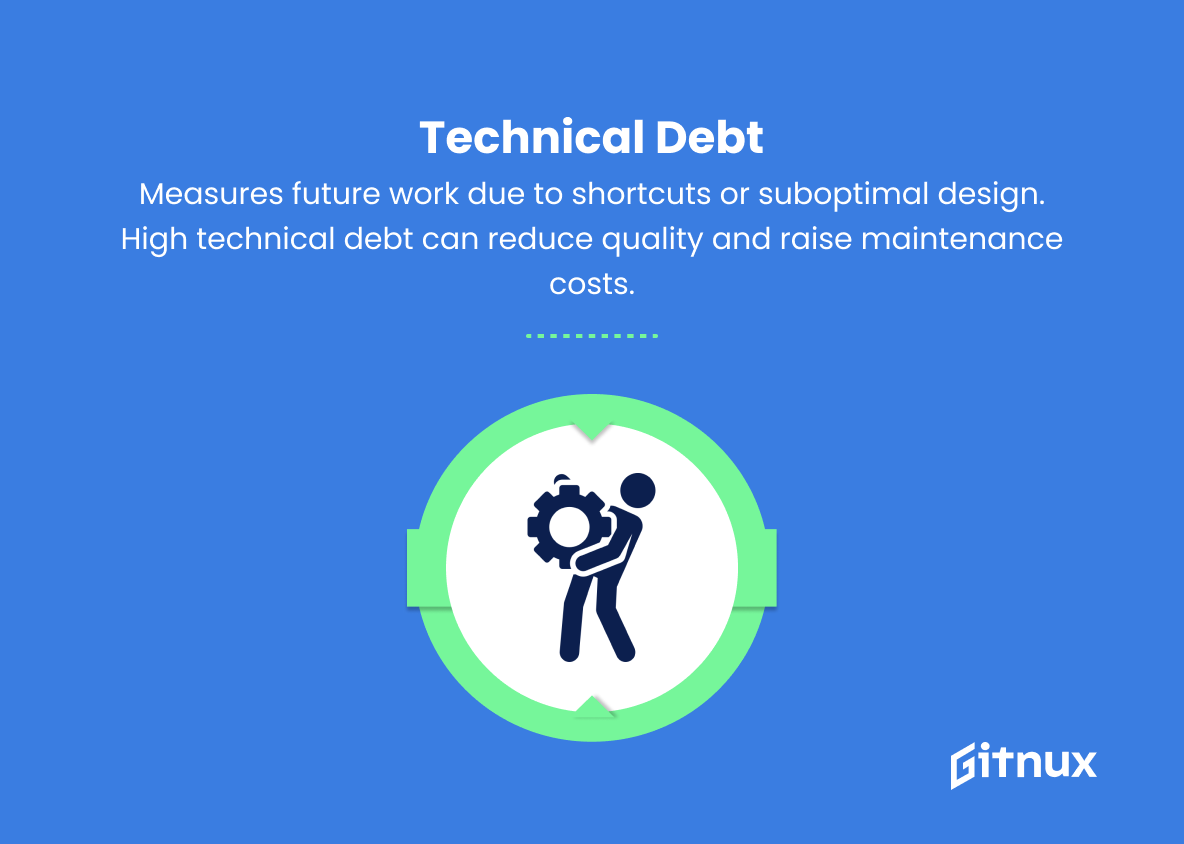In today’s competitive business landscape, the success of any project hinges on the ability to deliver exceptional results consistently. This necessitates a comprehensive understanding of project quality metrics and their role in ensuring that your team’s output meets the highest standards. In this insightful blog post, we will delve into the realm of project quality metrics, unraveling their importance, various types, and practical applications.
By offering you a comprehensive guide, we aim to equip you with the knowledge and tools to establish, monitor, and evaluate these critical benchmarks, ultimately paving the way for the successful and timely completion of your projects. So, without further ado, let’s embark on this journey towards excellence in project quality management.
Project Quality Metrics You Should Know
1. Schedule Variance (SV)
This measures the difference between the planned and actual project progress. A positive value indicates that the project is ahead of schedule, while a negative value indicates a delay.
2. Cost Variance (CV)
This compares the planned and actual project costs. A positive CV indicates that the project is under budget, while a negative value implies the project is over budget.
3. Defect Density
This metric calculates the number of defects found per unit of project work, such as defects per lines of code or defects per function points. A lower defect density generally indicates higher quality.
4. Requirements Stability Index (RSI)
This measures the number of changes in requirements compared to the initial agreed-upon requirements. A high RSI indicates that the requirements are stable, which usually leads to better quality.
5. Test Coverage
This measures the percentage of the project’s requirements, code, and functionality that is covered by tests. Higher test coverage usually indicates higher quality assurance in the project.
6. Test Execution Rate
This calculates the number of test cases executed per unit of time. A higher rate means that the testing process is efficient and more likely to catch defects, ensuring higher quality.
7. Test Pass Rate
This metric calculates the percentage of test cases that pass successfully. A high pass rate indicates that the system meets the desired quality standards.
8. Defect Removal Efficiency (DRE)
This measures the percentage of defects found and fixed before the product is released to customers. A higher DRE indicates better quality control and testing processes.
9. Customer Satisfaction Index (CSI)
This metric gauges the satisfaction of customers based on surveys or feedback. A high CSI score indicates that the product or deliverable meets users’ expectations and requirements.
10. Mean Time to Repair (MTTR)
This measures the average amount of time it takes to fix defects once they are identified. A low MTTR indicates an efficient process for resolving issues and maintaining high quality.
11. Code Review Coverage
This metric looks at the percentage of the codebase that has gone through a formal review process. Higher code review coverage typically leads to better code quality and fewer defects.
12. Technical Debt
This measures the additional work that must be done in the future due to shortcuts or suboptimal design decisions taken during development. A high amount of technical debt may lead to lower product quality and increased maintenance costs.
Project Quality Metrics Explained
Project Quality Metrics play a crucial role in ensuring that projects are delivered on time, within budget, and meet the desired quality standards. Schedule Variance (SV) and Cost Variance (CV) help monitor the project’s progress and financial health, enabling adjustments when necessary to stay on track. Defect Density, Requirements Stability Index (RSI), Test Coverage, Test Execution Rate, Test Pass Rate, and Defect Removal Efficiency (DRE) directly contribute to assessing the quality of the product, by measuring the effectiveness of the development, testing, and debugging processes.
These quality-related metrics facilitate early detection of potential issues and the implementation of appropriate corrective actions.
Furthermore, Customer Satisfaction Index (CSI) evaluates the success of a project by capturing users’ feedback, while Mean Time to Repair (MTTR) is critical in determining the responsiveness to fixing significant issues. Code Review Coverage and Technical Debt are also essential metrics that help maintain long-term product quality and prevent inflated maintenance costs. In conclusion, these Project Quality Metrics serve as key indicators for the overall performance and success of a project, ultimately leading to higher customer satisfaction and minimization of risks.
Conclusion
In conclusion, project quality metrics play a crucial role in ensuring the successful delivery of a project. By monitoring and tracking these metrics, managers can precisely evaluate a project’s progress, identify weak areas, and make informed decisions to enhance the overall quality. Furthermore, project quality metrics bring transparency, accountability, and credibility to the project’s workflow, enabling an organization to meet and even exceed its stakeholders’ expectations.
As continuous improvement is the key to maintaining a competitive advantage in the evolving marketplace, embracing project quality metrics should not only be a choice but a strategic priority for every organization striving for excellence.
